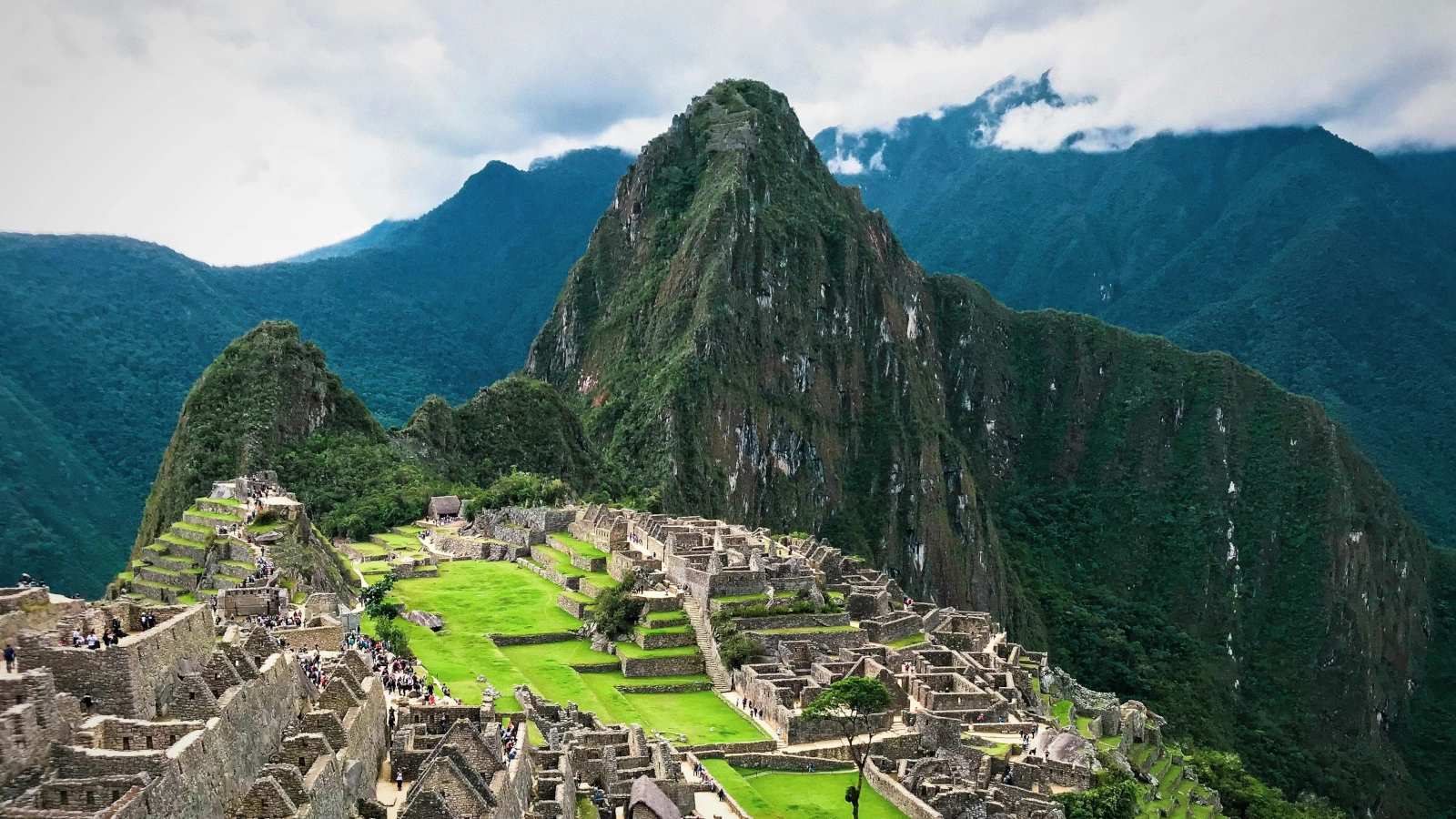
Machu Picchu, a UNESCO World Heritage site and one of the New Seven Wonders of the World, attracts millions of travelers every year and is perched high in the Peruvian Andes, offering one of the most sought-after travel experiences on the planet.
If you’re a history enthusiast, an avid trekker, or simply someone who wants to marvel at the ruins, choosing the right time to visit Machu Picchu is essential for maximizing your experience. The right timing can affect everything from weather and accessibility to crowd levels, photography opportunities, and even costs.
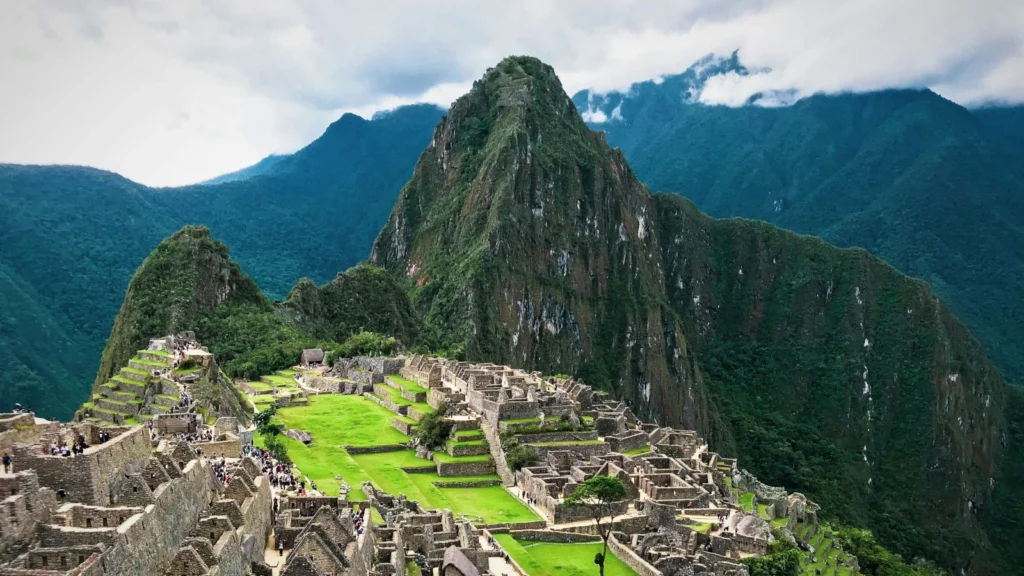
In this guide, we will walk you through the best time to visit Machu Picchu based on your specific interests, needs, and preferences. From quiet, reflective visits to being part of the cultural buzz, this comprehensive article will help you plan the perfect trip.
Machu Picchu is a year-round destination with each season offering a unique experience. However, understanding how the time of year impacts weather, crowds, and costs is crucial to crafting your ideal experience. Whether you’re looking for the best weather conditions for trekking, the most serene time to enjoy the ruins, or the ideal time for photography, knowing the best time to visit Machu Picchu can significantly improve your visit.
Due to its location in the cloud forest of the Peruvian Andes, Machu Picchu enjoys mild temperatures throughout the year. Despite being accessible year-round, the weather and overall experience can differ dramatically depending on the month of your visit.
The peak tourist season falls during the dry season, where clear skies and pleasant weather make it the perfect time for hiking and outdoor activities. However, visiting during the rainy season offers lush green landscapes, fewer crowds, and a more tranquil atmosphere.
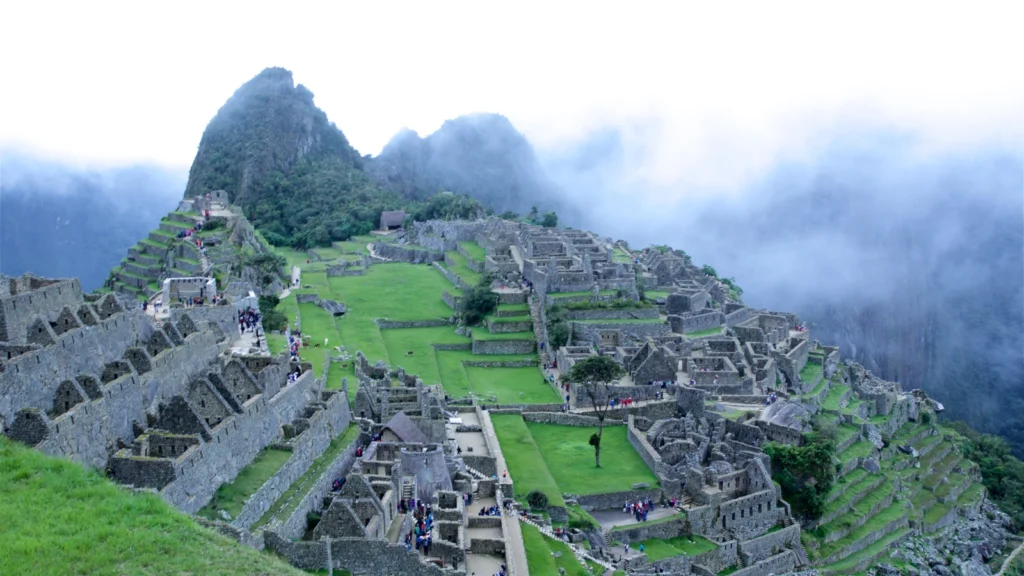
Choosing the right time for your visit is about more than just avoiding rain or crowds. The best time to visit Machu Picchu hinges on your personal preferences:
Machu Picchu has unique climate conditions due to its altitude (2,400 meters/8,000 feet) and location in a cloud forest. Being in the southern hemisphere, its seasons are opposite to those in the northern hemisphere: June–August is winter (dry season), and December–February is summer (rainy season). Temperatures remain consistent throughout the year. Here’s a breakdown of the monthly weather at Machu Picchu.
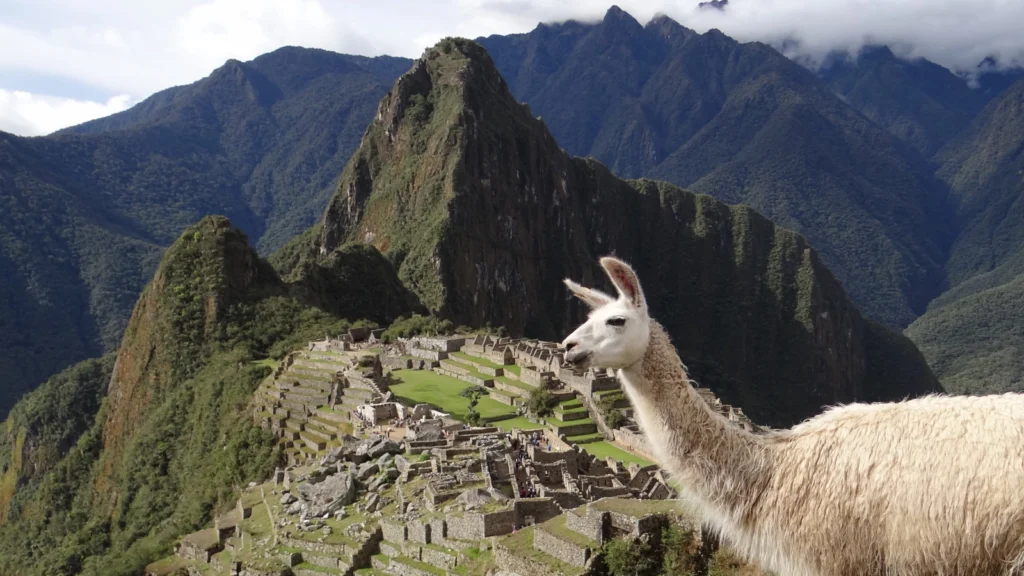
January marks the peak of summer with temperatures around 20–25ºC (68–77ºF). It’s also the heart of the rainy season, so rainfall and cloud cover are common. The site is less crowded, making it a good time to visit if you’re okay with potential rain.
February is the rainiest month, with trails becoming muddy and slippery. The Inca Trail is closed for maintenance, and many tour operators stop services. It’s a quieter month, but hiking isn’t recommended due to the rain. If you’re not hiking, the lush green landscapes are a highlight.
March marks the end of the rainy season, with improving weather towards the end of the month. Late March is the start of the autumn shoulder season, with fewer tourists and better hiking conditions.
April offers ideal weather for visiting, with temperatures around 20ºC (70ºF) and little rain. This month is perfect for hiking the Inca Trail, and crowds are still manageable before the peak season.
May is one of the best months to hike. The weather is dry and mild, with a lower chance of rain. The trails begin to get busier, so consider alternative hikes like the Salkantay Trek for a quieter experience.
June marks the start of the dry winter season and is the most popular time to visit. Daytime temperatures drop slightly, and nights can be chilly. It’s also the month of Inti Raymi, an Incan festival celebrated in Cusco.
July is the peak of the dry season, with perfect hiking conditions. However, it’s also the busiest month, especially around Peru’s Independence Day (July 28), when crowds are at their highest.
August is similar to July; sunny and busy. It’s also a great time to visit the Sacred Valley, which has several other Incan sites and beautiful views. Luxury train journeys often include stops in the Sacred Valley.
September sees a drop in crowds and an increase in rainfall. The occasional showers might obscure views, but the reduced crowds make it a good time to visit if you prefer peace over perfect weather.
October is an excellent time to visit, with mild temperatures and little rain. It’s less crowded than the summer months, making it ideal for hiking, including the Inca Trail and alternative routes.
November is a transition month, with a mix of shoulder season and early rainy conditions. It’s still a good time to visit if you want to avoid crowds and rain. Early November offers pleasant conditions before the wet season fully sets in.
December begins the rainy season, though rain isn’t constant. It’s a busy month in Cusco due to Christmas and New Year’s, but Machu Picchu sees fewer visitors. With a bit of luck, you can still enjoy the ruins despite the rain.
Machu Picchu’s climate is influenced by its altitude and geographical location. The site experiences a subtropical climate, which means temperatures remain mild but the weather (Machu Picchu weather) can vary greatly throughout the year. The best time to visit largely depends on which season you prefer.
The dry season, running from May to September, is widely considered the best time to visit Machu Picchu for several reasons. It is the peak tourist season, so while you’ll have ideal hiking and trekking conditions, you’ll also encounter the highest number of visitors.
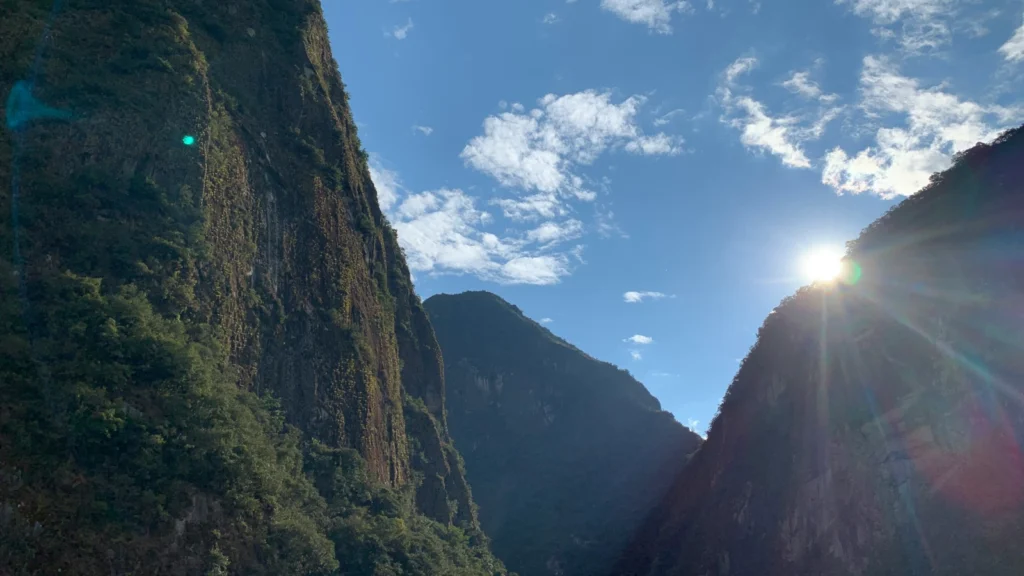
The rainy season, from October to April, sees significantly more precipitation, especially between January and March. Although this is considered the low season, it offers a quieter, more intimate experience at Machu Picchu, especially if you’re not deterred by the occasional downpour.
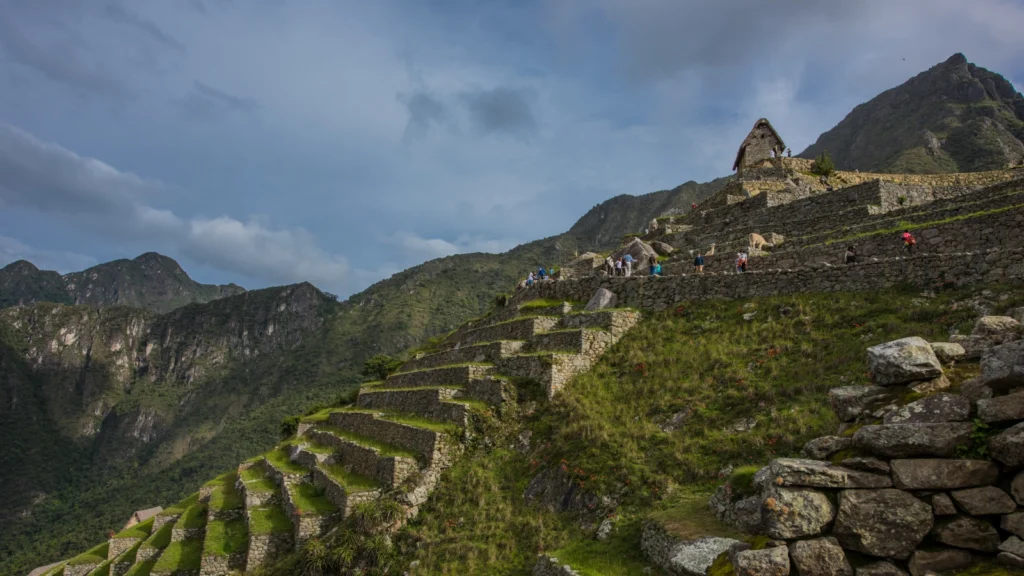
The accessibility of Machu Picchu depends on the availability of transportation and the condition of the trails. Whether you’re hiking the Inca Trail, exploring the site, or just visiting, knowing the best months for smooth travel is key to a hassle-free experience.
The number of visitors you encounter at Machu Picchu can greatly affect your experience, so knowing when to avoid peak crowds is crucial. While crowds can be overwhelming during peak season, strategies to minimize wait times can help.
If you want a more peaceful experience with fewer crowds, consider visiting during the shoulder seasons:
Machu Picchu offers some of the most dramatic landscapes in the world, making it a photographer’s paradise. Whether you’re aiming for the classic shot of the citadel with the surrounding peaks or capturing the mystical atmosphere during sunrise, the timing of your visit can significantly impact your photos.
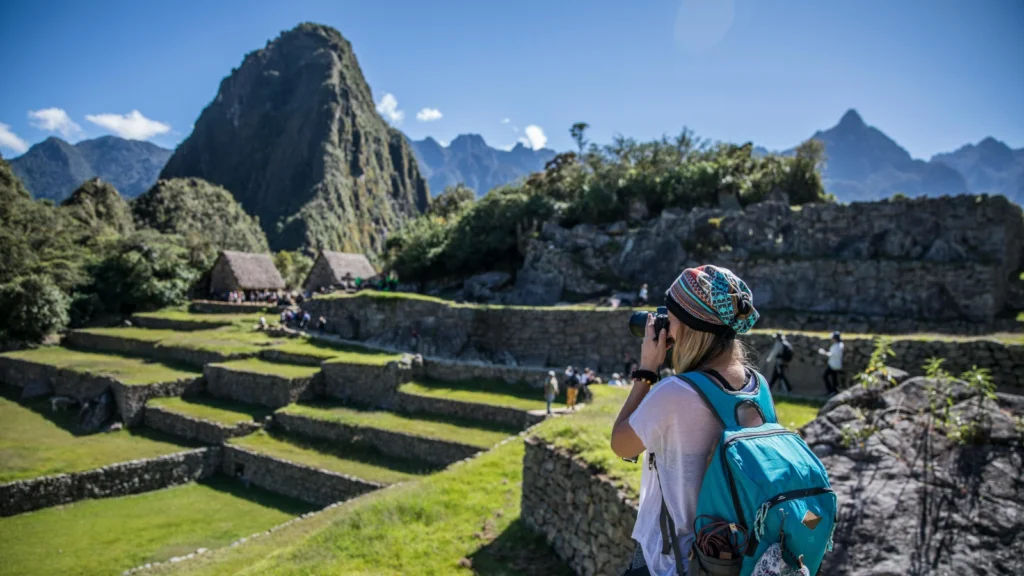
Machu Picchu has a limited number of daily visitors allowed to enter the site, and tickets are often sold out well in advance, especially during peak season. Planning ahead is key to ensuring you get the tickets and tours you desire.
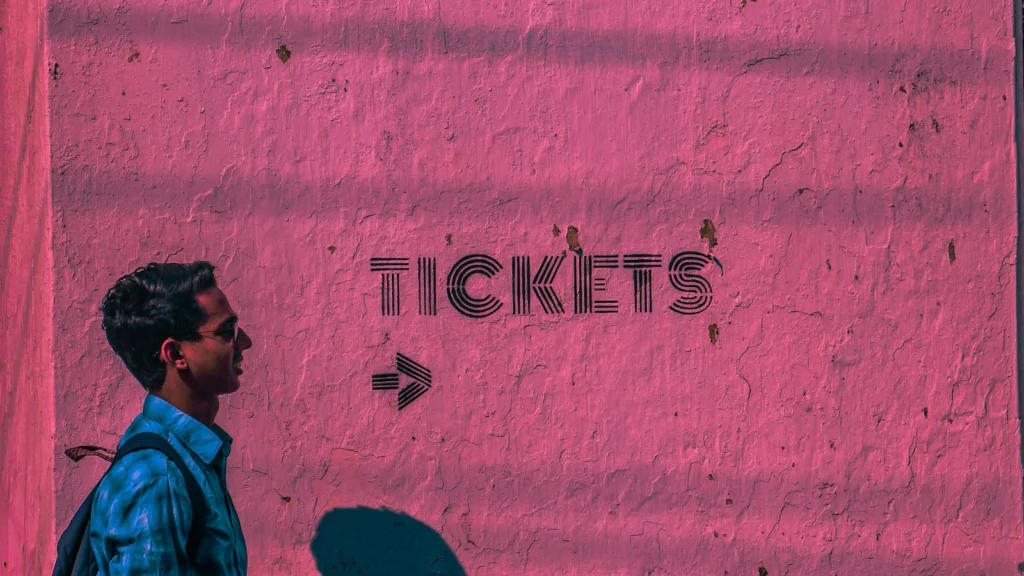
Machu Picchu can be expensive, especially during peak season. Understanding how costs fluctuate can help you save money without compromising your experience.
Machu Picchu is located at a high altitude (7,970 feet/2,430 meters), and visitors may experience symptoms of altitude sickness. The weather can also vary, and being prepared will ensure you have a safe and comfortable visit.
Machu Picchu is famous for the Inca Trail, a multi-day hike that brings visitors directly to the site. The best time to hike this trail and explore surrounding mountains depends largely on the weather and crowd levels.
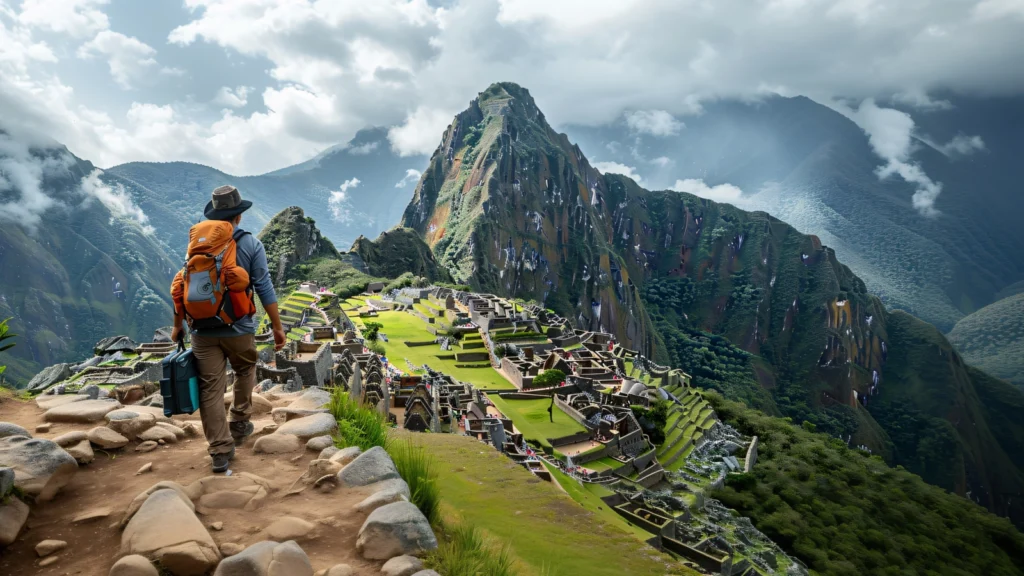
Inca Trail Maintenance: The Inca Trail is closed every February for maintenance. If you’re planning to visit at this time, you’ll need to choose an alternative route like the Salkantay or Lares Treks.
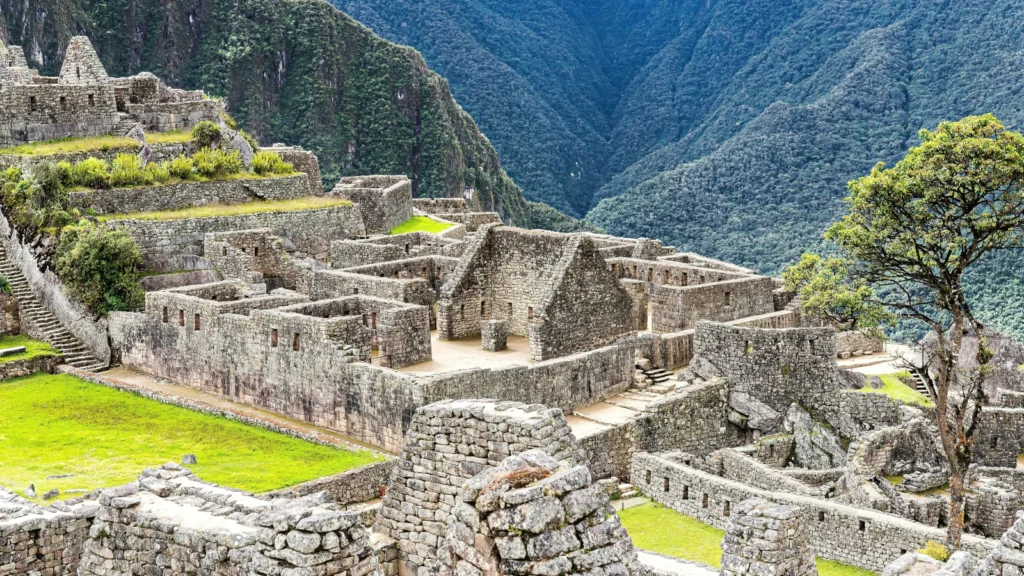
Visiting Machu Picchu isn’t just about the ruins; it’s also about the cultural experiences that surround it. Peru has a rich history and numerous cultural events that provide a deeper understanding of the country’s traditions.
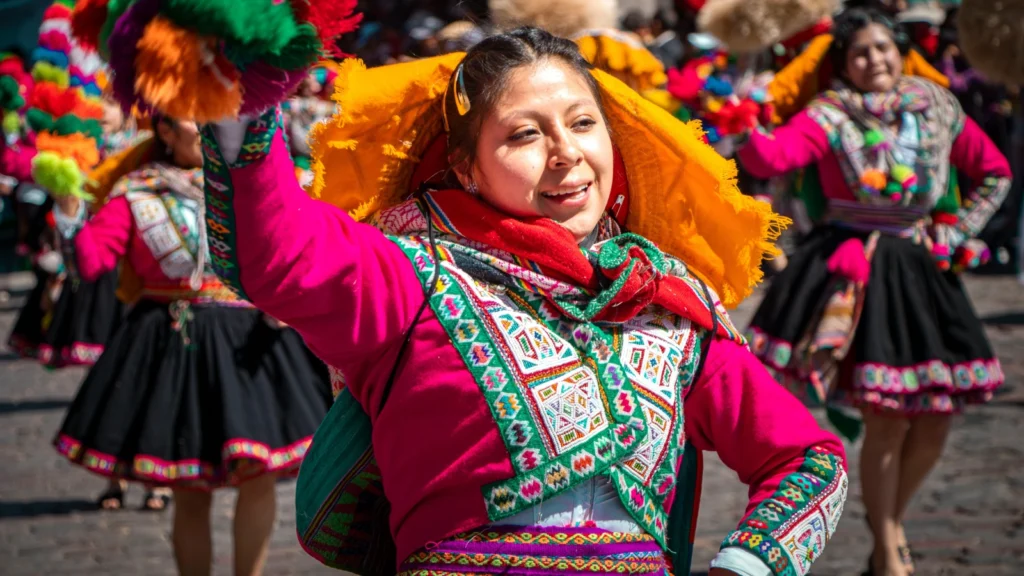
Category | Best Time | Why |
For Hiking | May to September (Dry Season) | Ideal weather conditions, clear skies, best trails. |
For Photography | Dry Season (May to September) or Rainy Season (October to April) | Dry season: Clear skies and vibrant landscapes. Rainy season: Mystical fog and greenery. |
For Fewer Crowds | April, May, September, October (Shoulder Season) | Lower tourist volume, better access to the site and trails. |
For Lower Costs | Rainy Season (October to April) | Cheaper accommodation, transportation, and fewer crowds. |
For Cultural Experiences | June (Inti Raymi Festival) | Witness vibrant festivals, including Inti Raymi, celebrating Incan traditions. |
For Perfect Weather | May to September (Dry Season) | Minimal rain, perfect trekking and hiking weather. |
To help you make the most of your trip to Machu Picchu, here are some essential travel tips:
If you’re visiting during the high season (June to August), especially if you plan to hike the Inca Trail or visit Huayna Picchu, be sure to book your tickets well in advance.
The weather can change rapidly, especially in the dry season. Be prepared for cold mornings, warm afternoons, and potential rain even during the dry months. Pack light layers, a rain jacket, and sturdy shoes.
Machu Picchu is located at a high altitude, and it’s important to acclimatize before your visit to avoid altitude sickness. Spend a day or two in Cusco or the Sacred Valley before heading to Machu Picchu.
For the Inca Trail or popular hiking routes, tickets can sell out months in advance. Be sure to secure your entry well in advance if you want to hike these iconic trails.
The high altitude can cause dehydration, so be sure to drink plenty of water throughout your trip. It’s also a good idea to carry a refillable water bottle to stay hydrated on the trails.
Machu Picchu tickets typically allow you to visit the site for 4 hours. If you want to explore the site in depth, consider purchasing tickets for multiple time slots or extra hikes like Huayna Picchu.
Machu Picchu is a once-in-a-lifetime destination, and the best time to visit will depend on your priorities. If you want clear skies and dry weather for trekking and photography, the dry season is undoubtedly the best time to go. However, if you’re looking for fewer crowds, a more affordable trip, and a lush, green landscape, the rainy season or shoulder months might be a better fit.
The key to a successful trip to Machu Picchu lies in understanding the unique experiences each season offers and planning accordingly. While the dry season might offer ideal weather conditions, the rainy season adds its own charm with quieter trails, more affordable prices, and an abundance of natural beauty.
By taking into account weather, crowds, costs, cultural events, and hiking opportunities, you can select the time that aligns best with your personal preferences. Whether you’re trekking the famous Inca Trail, marveling at the ruins, or soaking in the culture of Cusco, the perfect time to visit Machu Picchu is the one that fits your travel style.
If you can’t get tickets for the Inca Trail, consider hiking alternative routes like the Salkantay Trail or Lares Trek. These treks are less crowded and offer beautiful scenery while still bringing you to Machu Picchu.
To prevent altitude sickness, acclimatize by spending a couple of days in Cusco or the Sacred Valley before heading to Machu Picchu. Drink plenty of water, eat light meals, and avoid overexerting yourself.
Rain is common, especially during the rainy season, so bring a rain poncho or waterproof jacket. The site is still accessible, and you can enjoy the misty atmosphere, but be cautious of slippery trails.
Yes, you can take a day trip to Machu Picchu from Cusco via train. Make sure to catch an early train and book your tickets in advance to maximize your time at the site, as the visit usually lasts around 4 hours.
To avoid crowds, aim for an early morning entry or visit in the late afternoon, especially if you’re traveling during the busy months of June to August. Arriving just after opening or just before closing gives you more peaceful access to the site.
If tickets are sold out, try booking with an official tour operator, as they often have access to additional tickets. Alternatively, visit the site during the off-peak season or check for any last-minute cancellations.
Wear light, breathable clothing for daytime warmth, and bring layers for cold mornings and evenings. Also, keep a hat and sunscreen handy to protect yourself from the strong sun at high altitudes.
If hiking isn’t an option, you can still enjoy Machu Picchu’s beauty by exploring the main ruins, visiting Inti Punku (the Sun Gate), or relaxing at the lower terraces. The site offers plenty of scenic views and cultural experiences.
If you’re unsure about your fitness level for trekking, choose a shorter trek, like the 1-Day Inca Trail or Salkantay Trek alternatives. These treks offer lower altitudes and easier paths but still provide stunning views and a great experience.
Yes, visiting Machu Picchu with children is possible, though it can be challenging due to the high altitude and uneven terrain. Consider shorter, easier routes, and always keep safety in mind, especially with younger kids on steep sections of the site.
If your train is delayed, contact the train operator (e.g., PeruRail or IncaRail) to find out the next available option. Plan for some flexibility in your schedule to ensure you can still enjoy your visit, as the site is open until 5:30 PM.
From Aguas Calientes, you can either take a shuttle bus or hike up to the site. The bus takes about 20-30 minutes, while hiking takes around 1-1.5 hours, providing a more scenic (but physically demanding) option.
If you miss your entry time, you may be able to reschedule your tickets depending on availability. If it’s not possible, you’ll need to purchase new tickets for a later time or another day, as the site has strict time slots.
No, large backpacks are not allowed inside the ruins. You can bring a small daypack with essentials like water, snacks, sunscreen, and your camera, but make sure it fits within the site’s bag size requirements.
Machu Picchu has limited food options, so bring your own snacks (energy bars, nuts) if you have dietary restrictions. There are cafes in Aguas Calientes where you can find more meal options, but plan ahead for your trip.
For elderly travelers, ensure they are well-acclimatized before visiting Machu Picchu, and opt for easier activities like visiting the main ruins rather than hiking up the steep trails. Shuttle buses can be a good alternative to hiking.
If you have limited time, consider booking an early entry ticket for the shortest visit possible (about 2-3 hours). Focus on key highlights like the Intihuatana Stone, Temple of the Sun, and the Main Plaza for an efficient yet fulfilling visit.
Yes, you can explore the mountain viewpoints and surrounding areas of Machu Picchu with a shorter hike or by taking the shuttle bus to access the Machu Picchu Mountain or Huayna Picchu viewing platforms, but entry is limited to those who book in advance.